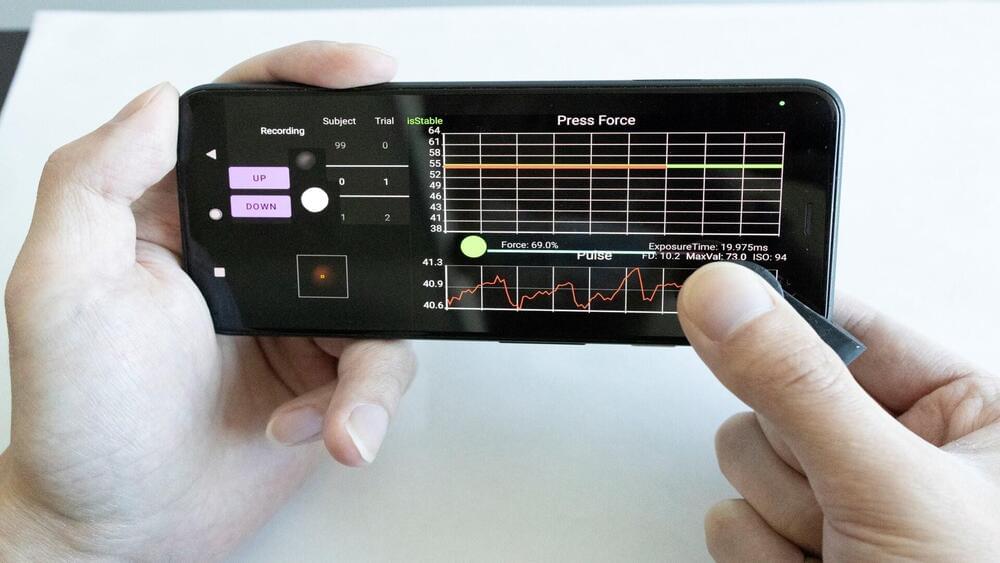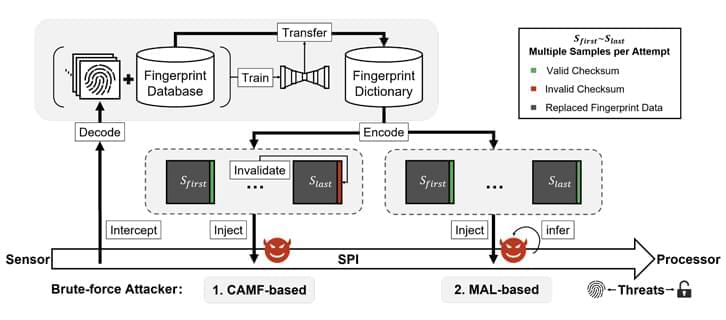The Japanese electronics giant Sony has announced its first steps into quantum computing by joining other investment groups in a £42m venture in the UK quantum computing firm Quantum Motion. The move by the investment arm of Sony aims to boost the company’s expertise in silicon quantum chip development as well as to assist in a potential quantum computer roll-out onto the Japanese market.
Quantum Motion was founded in 2017 by scientists from University College London and the University of Oxford. It already raised a total of £20m via “seed investment” in 2017 and a “series A” investment in 2020. Quantum Motion uses qubits based on standard silicon chip technology and can therefore exploit the same manufacturing processes that mass-produces chips such as those found in smartphones.
A full-scale quantum computer, when built, is likely to require a million logical qubits to perform quantum-based calculations, with each logical qubit needing thousands of physical qubits to allow for robust error checking. Such demands will, however, require a huge amount of associated hardware if they are to be achieved. Quantum Motion claims that its technology could tackle this problem because it develops scalable arrays of qubits based on CMOS silicon technology to achieve high-density qubits.
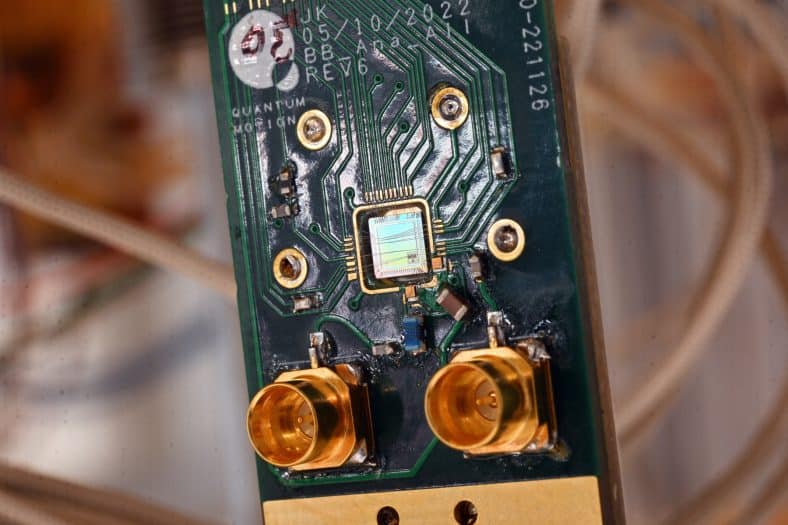
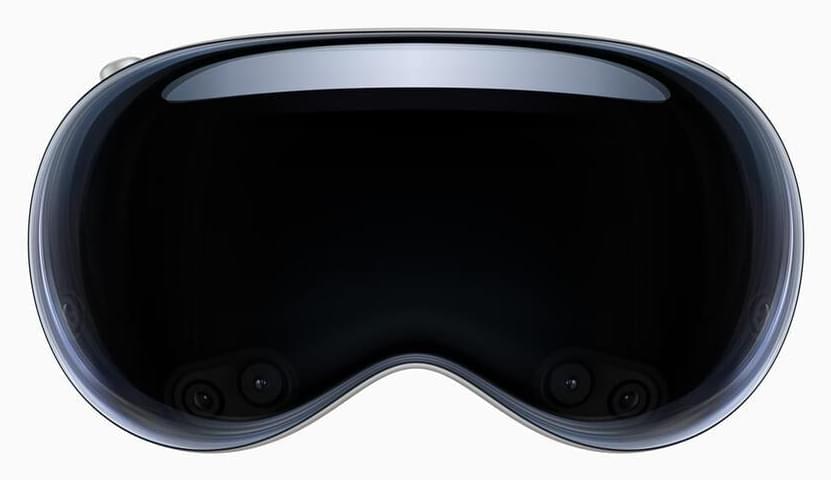


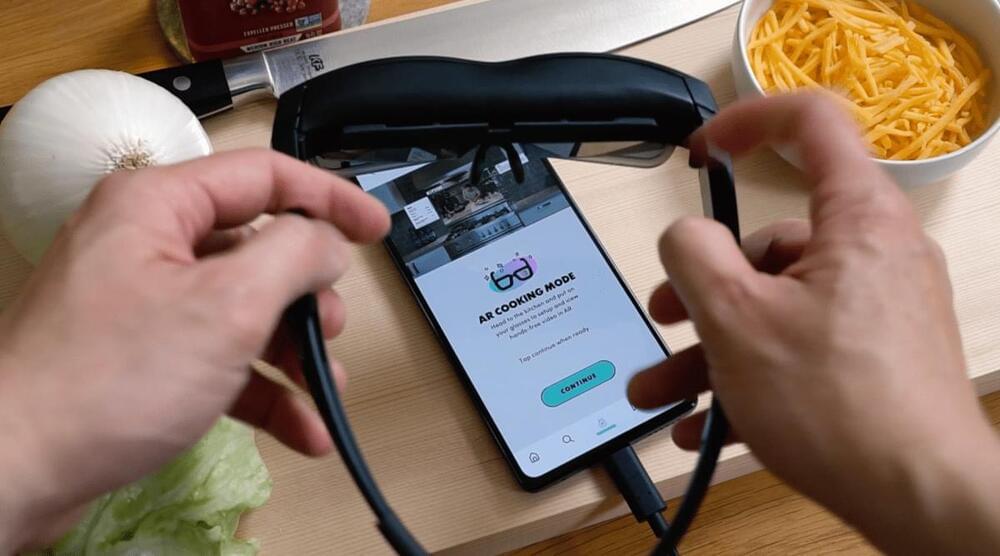
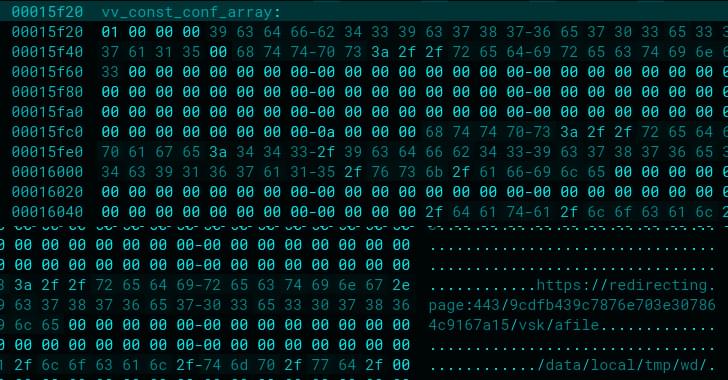
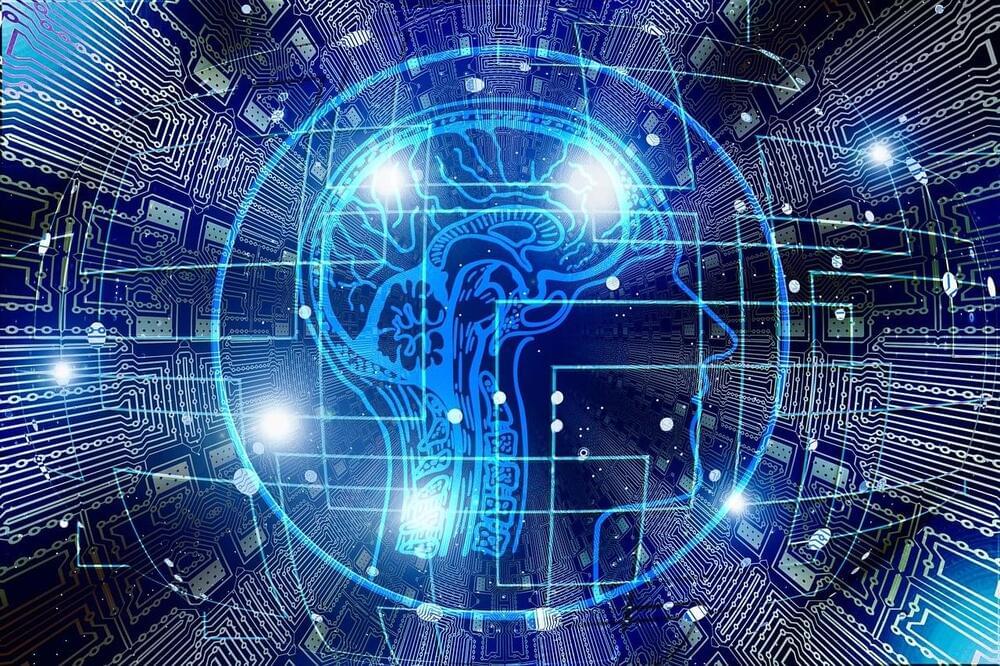
 עברית (Hebrew)
עברית (Hebrew)